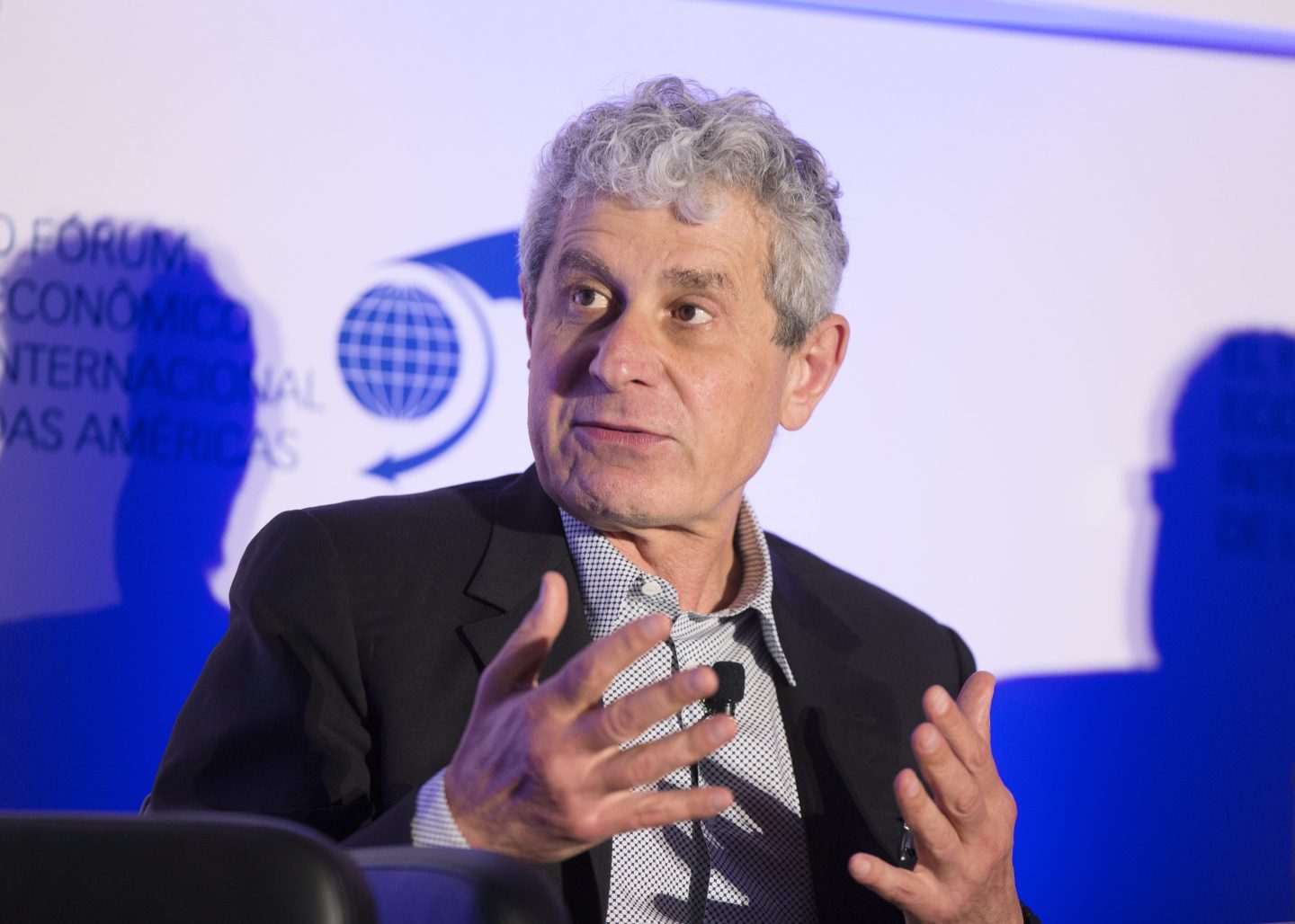The $11 billion, 800-mile Grain Belt Express is considered the largest electric transmission project in U.S. History, designed to stretch from Kansas to Indiana, carrying enough energy to power the equivalent of 4 million homes or 50 data centers, as the nation’s insatiable thirst for electricity accelerates.
Grain Belt developer Invenergy awarded construction contracts in May. State permits are approved, and 95% of the land acquisition is completed. The 15-year-old project will—if completed—transport more clean energy than any other line in the country, from the central U.S. “Wind belt” to the populous Midwest and beyond.
This summer, GOP opposition quickly escalated at the state level and then nationwide.
In late July, the Trump administration yanked Grain Belt’s $4.9 billion federal loan guarantee, awarded last year, putting the fate of the project in doubt.
Why? The official reasons included the allegedly rushed approval under the Biden administration and landowners who were concerned by forced “eminent domain” purchases.
But wind power has long garnered the personal animus of President Trump, and now the broader Departments of Energy and the Interior. Trump has complained bitterly and repeatedly about “the windmills”: “It is the worst form of energy, the most expensive form of energy,” he said in July. “Windmills should not be allowed.”
Political opponents called Grain Belt a “massive green energy scam.” The historical localized battles over power lines had pivoted from landowner concerns and NIMBYism (not in my backyard) to the White House.
As the Trump administration expands its regulatory attacks on renewable energy, the transmission infrastructure for electricity—especially those enabling more wind turbines—has moved into the crosshairs as well.
“The administration is seeking to undermine both the generation of clean power and the infrastructure that supports it,” American Clean Power Association CEO Jason Grumet told Coins2Day. “It’s hard enough to build power lines without adding polarization.
“You can’t give electrons a [political] loyalty test to decide whether or not they belong on the nation’s electric grid,” Grumet added.
The White House declined comment, and the Energy Department said the loan guarantee was not needed for Grain Belt and could become a taxpayer liability.
“The Department of Energy will continue to use all tools at its disposal, including the Loan Programs Office (LPO), to support projects that advance baseload energy sources, strengthen the grid, and lower costs for the American people,” a DOE spokesperson said in a statement.
The emphasis here is on “baseload” energy, meaning coal, natural gas, nuclear, and—definitively—not wind or solar, which are intermittent in nature when not coupled with battery storage.
As the political attacks escalated, Invenergy argued Grain Belt also will carry power generated by coal, gas, and nuclear plants.
Invenergy insists Grain Belt will still move forward: “America is energy dominant and an AI powerhouse, and Grain Belt Express will be America’s largest power pipeline. While we are disappointed about the LPO loan guarantee, a privately financed Grain Belt Express transmission superhighway will advance President Trump’s agenda of American energy and technology dominance while delivering billions of dollars in energy cost savings, strengthening grid reliability and resiliency, and creating thousands of American jobs.”

Blowing wind
The Grain Belt line would cross through Missouri and Illinois en route to Indiana. Invenergy says Grain Belt would connect four U.S. Grid regions, deliver power and grid reliability to 29 states and Washington, D.C., representing more than 40% of all Americans.
The death of the loan guarantee began in Missouri with Republican Sen. Josh Hawley and Republican State Attorney General Andrew Bailey, who targeted the project as a “reckless green energy scam.”
They initially sought revocations of state approvals, and then Hawley pushed ahead via meetings with Energy Secretary Chris Wright and reportedly with Trump, ensuring the cancellation of the loan guarantee.
Hawley did not respond to a request for comment.
In a July 2 statement, Invenergy argued, “If projects can’t count on certainty, even after being approved and reviewed upon appeal, America can’t count on ever getting steel in the ground. America will lose the test of its will to build.”
Prior to the rescinding of the loan guarantee, Invenergy wrote to Secretary Wright with a last-ditch plea about the “egregious politically motivated” attacks as part of an “unwarranted and unhinged crusade.”
The plea was to no avail.
Uncertainty takes its toll
Amid the opposition, Invenergy’s construction contractor, Quanta Services, opted not to place Grain Belt in its official project backlog for now, citing the uncertainty.
“It’s a great project. It’s certainly facing some political ramifications there, and we’re working with the client,” said Quanta CEO Earl “Duke” Austin on his Aug. 1 earnings call. “We’ll work together to try to get it across the finish line, and we really like the project. I do believe at some point it will get built.”
Studies have shown the so-called wind belt in the central U.S., including Kansas, has close to 1,000 gigawatts of wind energy capacity. But so much wind power cannot currently be captured because of the lack of infrastructure. Kansas, for instance, has about 10 gigawatts of wind power in place because of the lack of transmission lines to carry the electricity to more populated regions where the demand exists.
The question now is whether the administration will choose to target other electricity transmission projects. Trump has already taken federal offshore waters away from wind developers, and transmission projects connecting proposed offshore wind turbines to the land are being canceled, industry analysts said.
But no other big onshore transmission projects have been publicly questioned thus far.
The largest one currently under construction is Pattern Energy’s 500-mile SunZia Transmission project in Arizona and New Mexico, but it’s slated for completion next year and is unlikely to be halted this late, analysts said.
Transmission-construction capital expenditure is at an all-time high for utilities, but spending on new transmission lines is near 10-year lows because companies are focused on replacing and modernizing existing lines, said Brett Castelli, energy and utility analyst for Morningstar. More projects like SunZia and Grain Belt are needed, he said.
“There’s a huge need for meeting the growing electricity demand when you think about things like AI,” Castelli said. “The challenge is, it typically takes a while to get permitted. Building new, long-haul electric transmission that goes across states is an extremely long and cumbersome process.”
The power association’s Grumet said he simply wants the Trump administration to support private sector growth. “The only way we’re going to build big infrastructure and modernize the country is if we return to this idea that the government should support the private sector and build any infrastructure the country needs,” he said.

